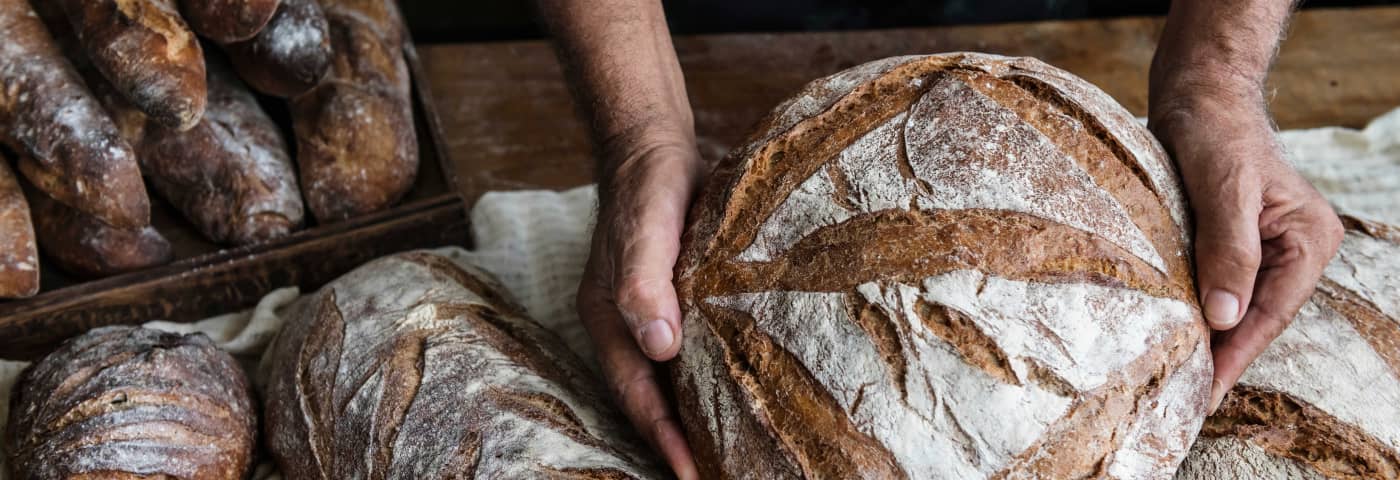
Loaves and rolls, gluten-free or flavoured, our recipe treasure has it all! Kneading and baking bread at home is so easy that you’ll start doing it every day.
Make your own flours: grind whole grains in your Thermomix® to make a variety of wholegrain flours for your breads.
Add-ins: add ingredients such as raisins, nuts, grated cheese or olives after kneading and then knead again for a few seconds to incorporate.
Testing the dough: to test risen dough, gently press it with your finger tip. The indentation should slowly disappear. If the dough springs up quickly, it has not risen sufficiently. If the indentation remains, the dough has over-proved. Over-proved bread won’t rise as much in the oven but it will still taste good.
Is it done? Remove loaf from the oven and tap the bottom. If it sounds hollow, it is cooked through.
